
What to Do If Your Wedding Dress Doesn’t Fit: Expert Solutions
There’s nothing quite like the moment you realize your wedding dress doesn’t fit—it can feel like a major setback, and understandably, it’s easy to feel overwhelmed. Maybe it’s too tight, too loose, or simply not as flattering as you’d imagined. Whatever the case, don’t panic. Trust me, you’re not alone in this.
It’s more common than you think for brides to face with wedding dress doesn’t fit issue as the big day approaches. But the good news is, there’s almost always a way to fix it. From quick alterations to a few creative tricks, there are solutions to help you get that perfect fit, no matter what shape your dress is in.
In this post, we’ll go over what you can do if your wedding dress doesn’t fit, so you can confidently walk down the aisle and feel absolutely stunning.
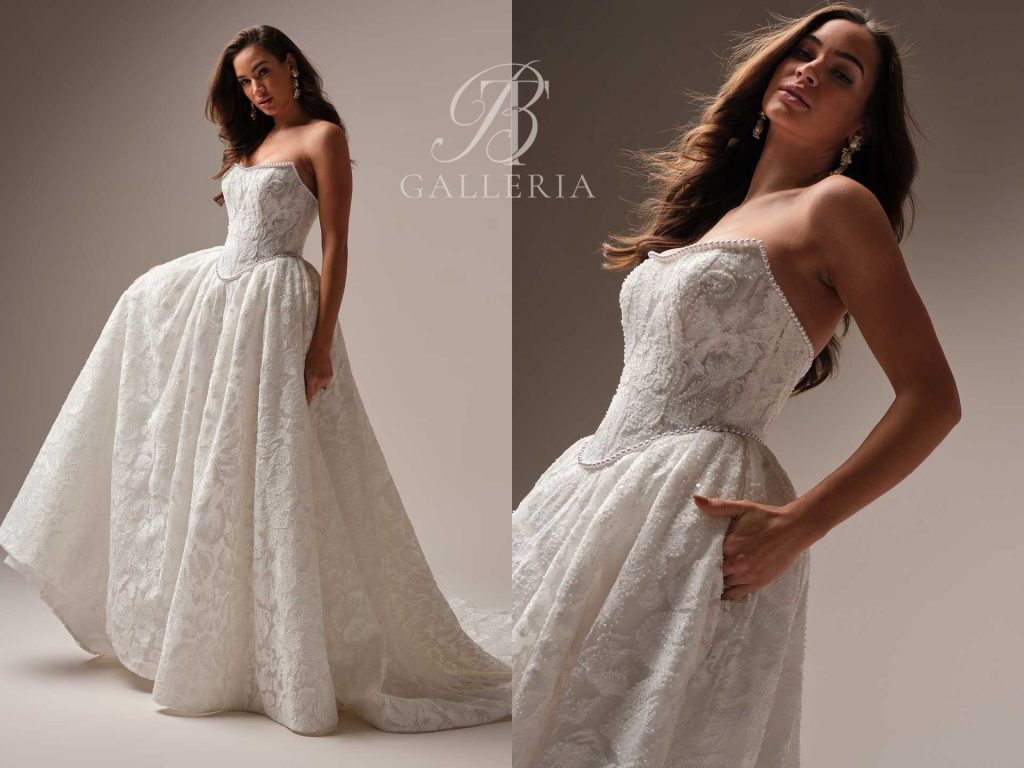
Why Wedding Dresses May Not Fit As Expected
With their complex fabrics, layers, and intricate designs, wedding dresses are particularly susceptible to fit challenges. Common factors include:
- Weight Fluctuations: It’s natural to experience slight weight changes as your wedding approaches; even small changes can alter how a dress fits.
- Fabric Settling: Heavy or delicate fabrics may change shape over time, especially if stored in a specific position. If your wedding dress doesn’t fit you can use this tip.
- Design Complexities: Corseted gowns, lace overlays, or intricate beadwork can make minor alterations more noticeable and require additional adjustments to fit perfectly.
By understanding why these issues happen, you’ll feel more prepared to tackle them and keep your focus on enjoying the big day .
Steps to Take When Your Wedding Dress Doesn’t Fit
The good news is there are solutions for wedding dress doesn’t fit issue, whether your dress is too tight, loose, or uncomfortable in some areas. Here are the steps to solve these issues efficiently and effectively.
Evaluate Where the Bridal Gown Doesn’t Fit
The first step is to identify exactly where the dress feels off. Does it pinch around the waist? Is it too loose at the bust? By identifying specific areas, you can give clear instructions to your seamstress or bridal tailor. A full-length mirror and help from a trusted friend can make this evaluation easier and ensure you don’t miss any key areas. Additionally, many wedding dress shops offer expert advice and fitting services to help pinpoint the exact adjustments needed, ensuring your dress fits perfectly.And solve problem if wedding dress doesn’t fit.
Common Problem Areas in Wedding Dress Fit
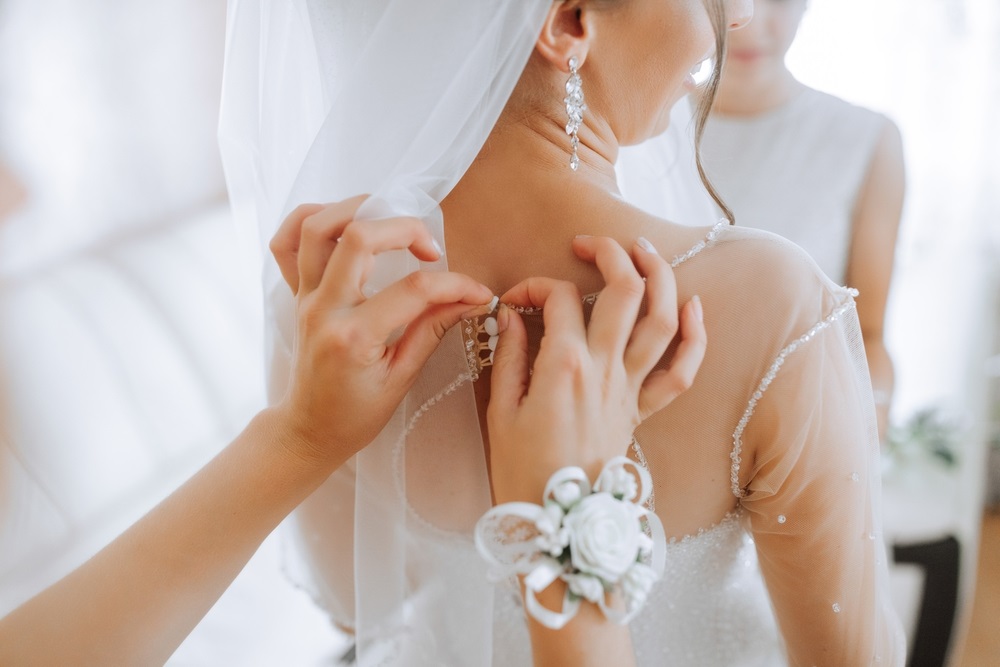
- Bodice and Bust: The bodice may feel too loose or snug, affecting comfort and appearance.
- Waist and Hips: A too-tight waist or hips can restrict movement, while a loose fit can affect the overall silhouette.
- Length and Hem: If the dress is too long or short, it can throw off the balance and lead to tripping hazards.
- Straps and Sleeves: Too loose or too tight can affect the dress’s fit and comfort.
Contacting an Experienced Bridal Alterations Specialist
After identifying the areas that need adjustment, contact a professional bridal alteration specialist. The specialist has the experience to handle complex wedding dress adjustments. Bridal dresses often require special skills, and a professional will understand the importance of fine details. When wedding dress doesn’t fit you shoud find out a specialist.
Discussing Your Needs with an Alteration Service
Choosing a reliable alteration service is essential when handling your wedding gown. When you reach out, be specific about the issues you’ve observed. Mention areas that feel tight or loose and any features like beading lace or intricate designs that may require special handling.
Prioritizing Alterations Based on Time Constraints
If your wedding day is close and your wedding dress doesn’t fit , prioritize the most critical alterations first. Here’s a quick guide on where to start:
- Bodice and Bust Adjustments: Fit at the bodice and bust is crucial for a secure feel. Start here to ensure comfort and stability.
- Waist Adjustments: A properly fitted waist accentuates your shape and enhances the dress’s overall look.
- Hem Adjustments: If the length feels off, this should be addressed early to prevent tripping.
Focusing on these primary areas will ensure a comfortable fit and allow you to move gracefully on your wedding day.
Quick Wedding Dress Alteration Solutions
Several temporary alterations can make a difference when time is short or for smaller fit issues. A seamstress can do these in a quick session or even by a family member or friend in an emergency.
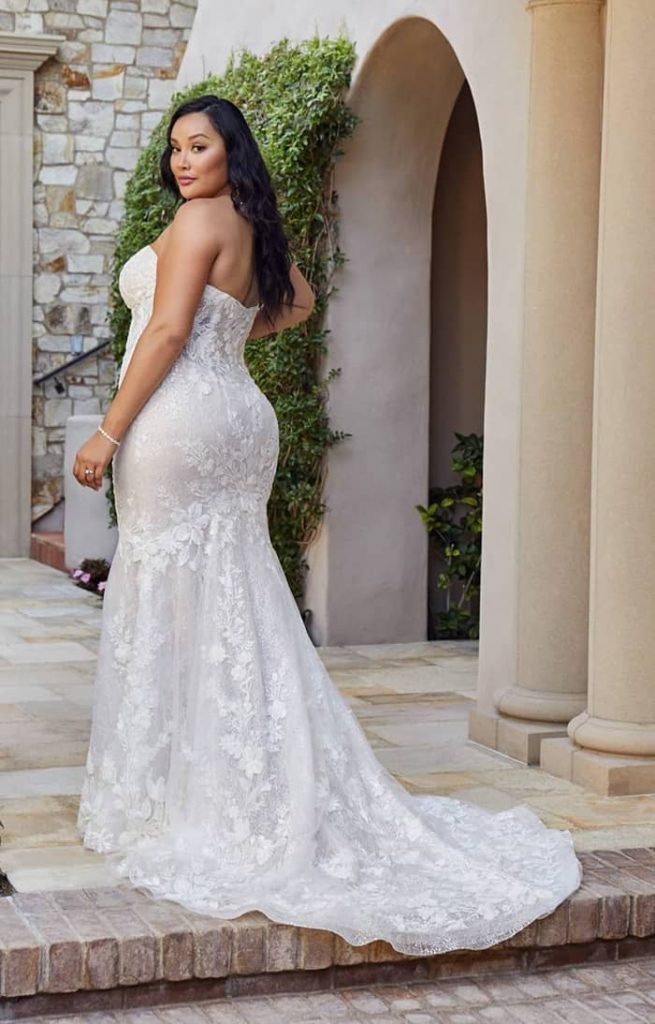
Using Fashion Tape
Fashion tape can be an effective short-term fix if you’re experiencing minor gaping at the neckline or loose straps. Fashion tape adheres to the skin and fabric, keeping parts of the dress in place without altering the structure of the dress. This is a quick fix, but it’s reliable and prevents unexpected slips.
Adding Padding or Shapewear
Padded bras or shapewear can help fill out a dress slightly too loose around the bust or waist. Many brides use this option to avoid altering a dress unnecessarily, especially when the fit issue is minimal.
Adding a Corset Back
Adding a corset back can add flexibility if your dress feels too tight. A lace-up back offers adjustable sizing, providing a flattering fit while allowing for minor weight fluctuations leading up to the wedding day. This option is best done by a professional but can be a lifesaver for dresses that no longer zip.
How Bridal & Tuxedo Gallerria Alteration Service Can Help
At Bridal & Tuxedo Galleria, expert seamstresses specialize in delivering high-quality alterations tailored specifically to the unique needs of bridal gowns and aolve any issue on wedding dress doesn’t fit. Whether you’re seeking intricate modifications or subtle adjustments, their experienced professionals will guide you in achieving the perfect fit and look for your wedding day. Communicate your expectations, budget, and timeline clearly to ensure a seamless alteration experience and exceptional results.
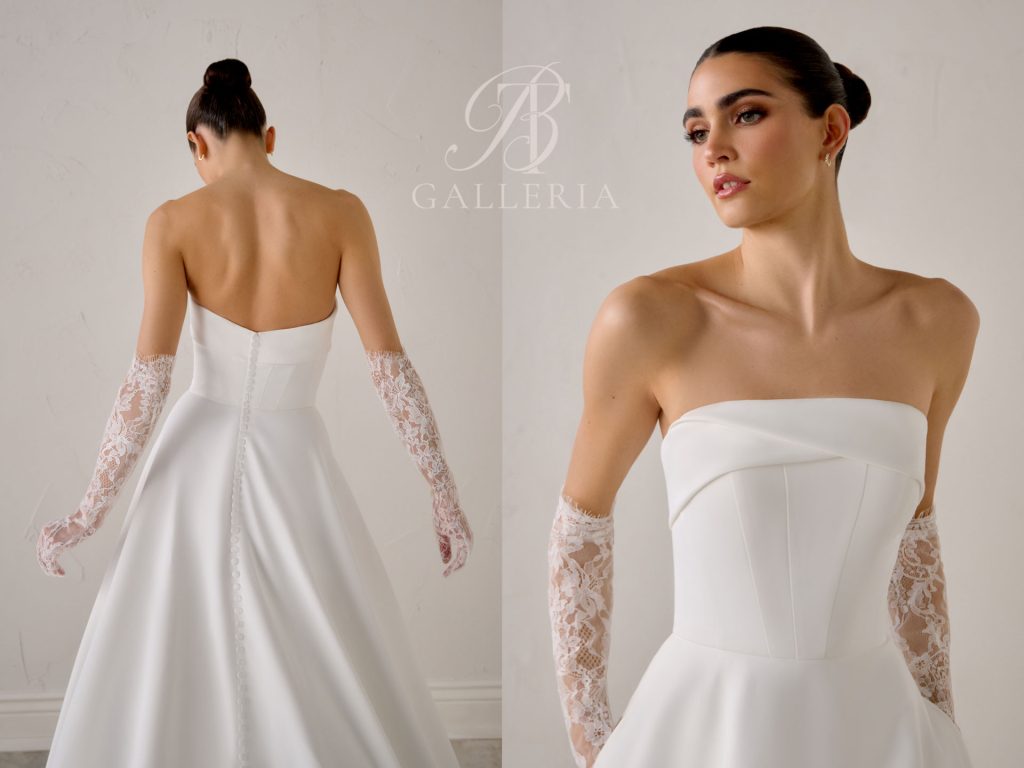
What to Expect from a Professional Bridal Tailor
Working with an experienced bridal tailor ensures you’ll receive expert advice on addressing your fit issues. Expect your alteration professional at a bridal shop in your area to take precise measurements and provide an estimate of the time required for each adjustment. Professionals in bridal alteration also work with care to maintain your dress’s original design and integrity, ensuring that it remains just as beautiful as the day you bought it and there is no fear of wedding dress doesn’t fit.
Budget Considerations for Wedding Dress Alterations
Budgeting for alterations is an important part of wedding planning, as the costs can vary based on the complexity of the adjustments. Common alterations, such as hemming or adjusting the waist, are generally more affordable. At the same time, more intricate changes, like reworking the bodice or adding fabric, can be more costly. On average, basic bridal alterations might range from $200 to $500, while complex customizations can go up to $1,000 or more.
Final Fittings: A Last Chance for Small Adjustments
The final fitting, typically scheduled a few weeks before the wedding, is your opportunity to ensure every detail is perfect. Bring the shoes, undergarments, and any accessories you plan to wear on the big day to this fitting. This will allow your tailor to make final adjustments to hem length and bodice fit, ensuring you can move easily and confidently.
Alterations to Avoid: What Not to Change in Your Wedding Gown
While altering your wedding dress is often necessary to achieve the perfect fit, it’s important to be mindful of certain elements that are best left untouched. Here are some of them:
- Changing the Bodice Structure: Avoid altering the bodice too much, as it’s the foundation of the dress and affects support and fit.
- Removing or Altering Intricate Design Elements: Don’t remove or drastically alter features like lace, beadwork, or embroidery, as it can disrupt the gown’s aesthetic and fabric integrity.
- Altering the Fabric: Be cautious about altering delicate fabrics like lace or silk, as they can lose their texture and flow when modified.
- Drastically Changing the Skirt Shape: Avoid changing the skirt’s fundamental shape (e.g., turning a ball gown into a mermaid style), as it may not maintain the intended look.
- Removing or Altering the Train: Altering or removing the train too much can change the gown’s elegance and balance. Consider alternatives like a bustle for ease.
- Over-Altering for Fit: Be cautious of tightening the dress, which can affect comfort and mobility. Prioritize a flattering and comfortable fit.
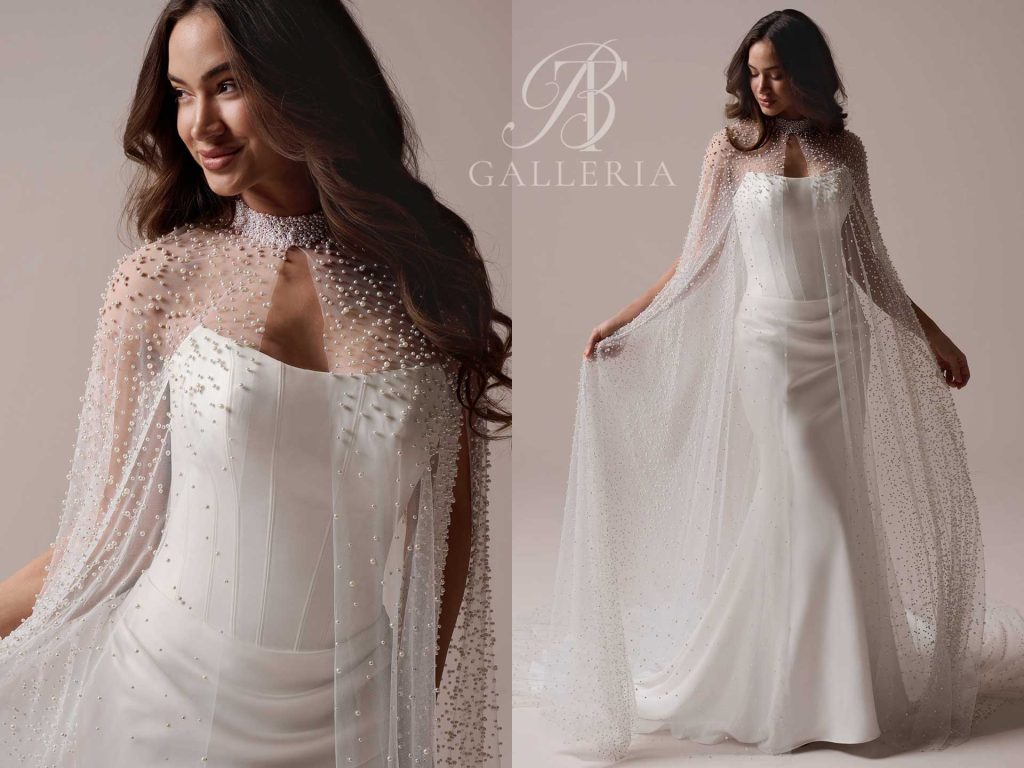
Preparing for Last-Minute Dress Emergencies
Even with the best planning, last-minute fit issues can arise. Here’s what to keep on hand in case of an emergency:
- Fashion Tape: Ideal for securing areas prone to gaping.
- Sewing Kit: A basic sewing kit with safety pins, needles, and thread can address unexpected issues like popped seams.
- Shapewear and Padding: These can offer extra support if you need to fill out a loose-fitting area.
Having these items on hand gives you peace of mind and allows for quick fixes if needed.
Wedding Dress Alterations and Customization: What’s the Difference?
When you find that your wedding dress doesn’t fit as you hoped, it’s important to understand the difference between alterations and customization. Both involve modifying your gown to ensure it fits perfectly, but they serve different purposes and are executed in distinct ways.
Wedding Dress Alterations: Minor Adjustments for a Perfect Fit
Wedding dress alterations refer to making small modifications to an existing dress to ensure it fits you properly. These adjustments are usually focused on areas like the bodice, waist, hips, hem, and sleeves. Alterations are typically done by a skilled bridal tailor or seamstress and may include:
- Taking in or letting out the seams: If your dress is too tight or too loose in certain areas, a tailor can adjust the side seams, bodice, or skirt to fit your body more comfortably.
- Hemming: Adjusting the length of the dress so it’s the perfect height for your shoes, ensuring you don’t trip or feel uncomfortable.
- Bust adjustments: Changing the fit around the bustline so the dress is secure and comfortable.
- Strap adjustments: If the straps are too tight or too loose, they can be altered to ensure the dress stays in place and is comfortable to wear.
Alterations generally don’t involve changing the overall design or style of the dress. They simply refine the fit to make sure your dress looks and feels perfect.
Wedding Dress Customization: Transforming Your Gown to Match Your Style
Customization, on the other hand, is about transforming your dress into something entirely unique. This process often involves altering the structure or design of the dress in a more creative way. Customization can include adding new elements, changing the dress’s fabric, or completely redesigning certain features to fit your vision of the perfect gown. Common examples of wedding dress customization include:
- Adding new features: You might want to add a train, incorporate a different fabric like lace or satin, or attach a custom-designed veil. These additions go beyond simple adjustments and change the look of the dress itself.
- Reworking the design: For example, if you love a dress but want a completely different neckline or a more fitted silhouette, a designer can help make those dramatic changes to the structure of the dress.
- Personalized embellishments: Customization might also involve adding personalized elements like embroidery, beading, or even initials to your dress. You could choose to add a family heirloom to the gown, like a brooch, or change the buttons or closure to suit your style better.
- Color adjustments: Some brides may choose to customize the color of their dress. A white dress might be dyed to a soft ivory or blush pink, or the entire gown could be redesigned with a color palette that’s more reflective of the couple’s wedding theme.
Customization is often done by either the designer of the dress or a highly skilled couture tailor, and it typically involves a longer timeline and a higher cost than standard alterations. The goal of customization is to create something that is uniquely yours—a reflection of your personality and style on your special day.
Frequently Asked Questions About Wedding Dress Alterations
Evaluate the areas that need adjustment and contact a professional bridal tailor for alterations to ensure the perfect fit.
A tailor can take in the seams, adjust the bodice, or add structure to make the dress fit more snugly to your body.
Yes, a bridal tailor can take in the dress at the seams, adjust the bodice, or add a corset to achieve a more fitted look.
Yes, if there’s enough fabric, a tailor can let out the seams or add fabric to increase the size of the dress.
A professional tailor can loosen the seams, adjust the bodice, or add a corset back to make the dress more comfortable and allow for movement.
Final Thoughts: Ensuring the Perfect Fit for Your Wedding Dress
With the right alterations, professional guidance, and a little bit of patience, you can transform your gown into the perfect fit, ensuring you feel confident and beautiful walking down the aisle.
Remember, alterations should enhance your dress while preserving its original beauty and design. Whether it’s minor tweaks or a more significant adjustment, working with an experienced bridal tailor is key to achieving the best results. Stay focused on comfort, fit, and the vision you have for your wedding day, and your dress will become a stunning reflection of your personal style.
By following these steps and making thoughtful decisions about your alterations, you can ensure your wedding dress fits perfectly and allows you to enjoy every moment of your special day with ease. Book Your Appointment now or leave your comments below.

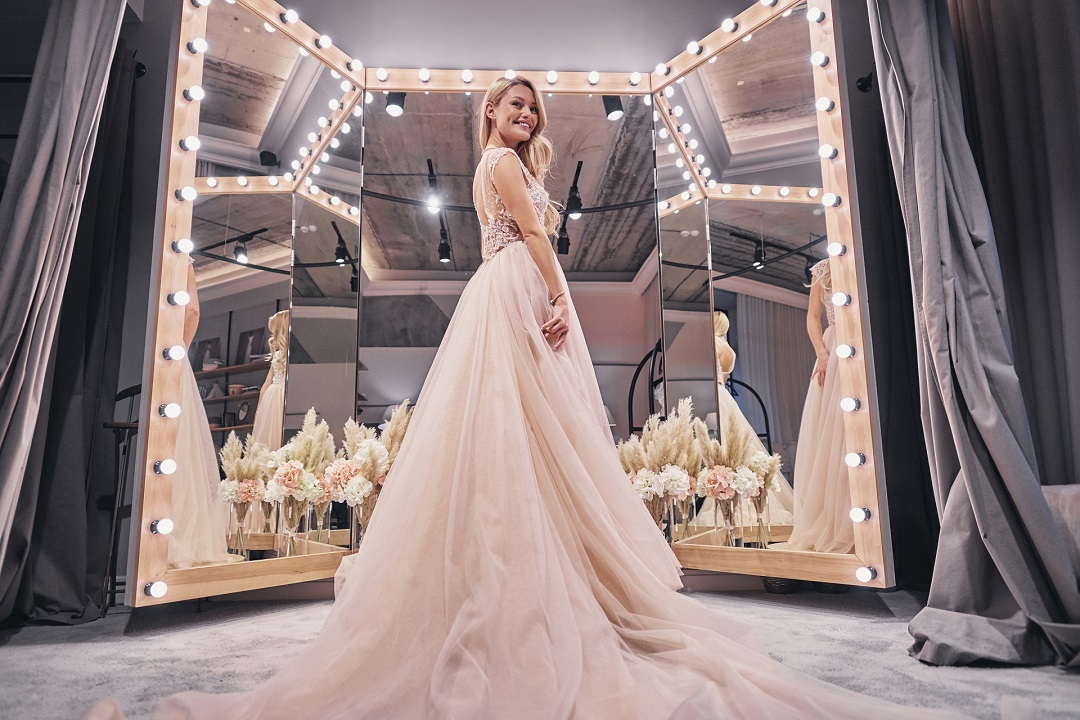
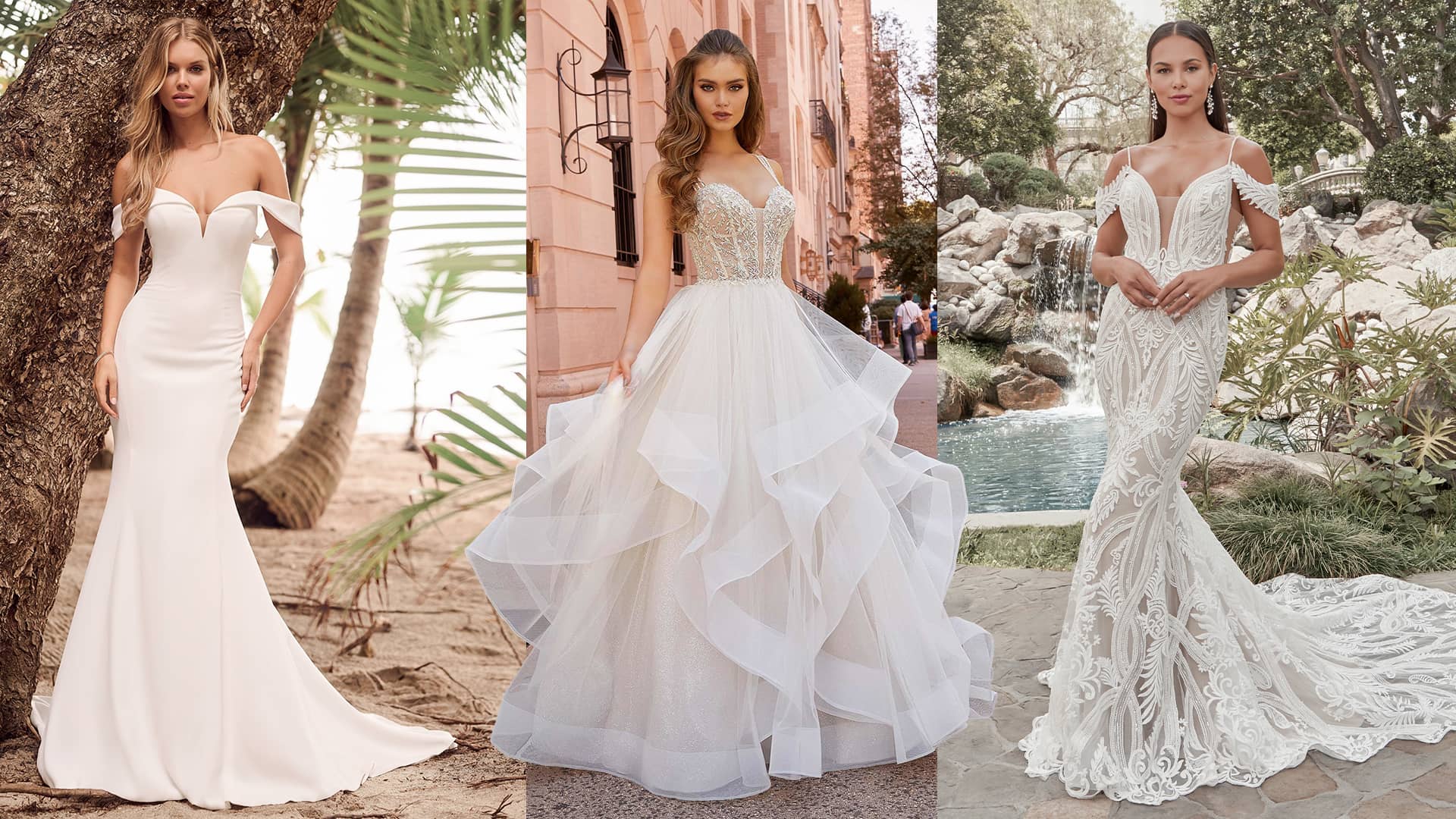
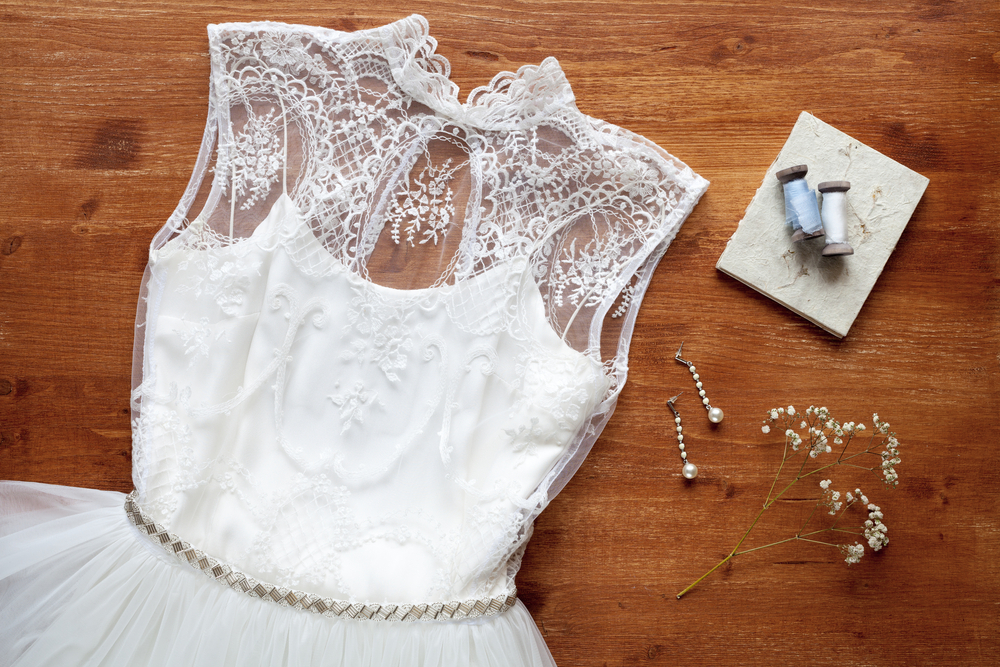


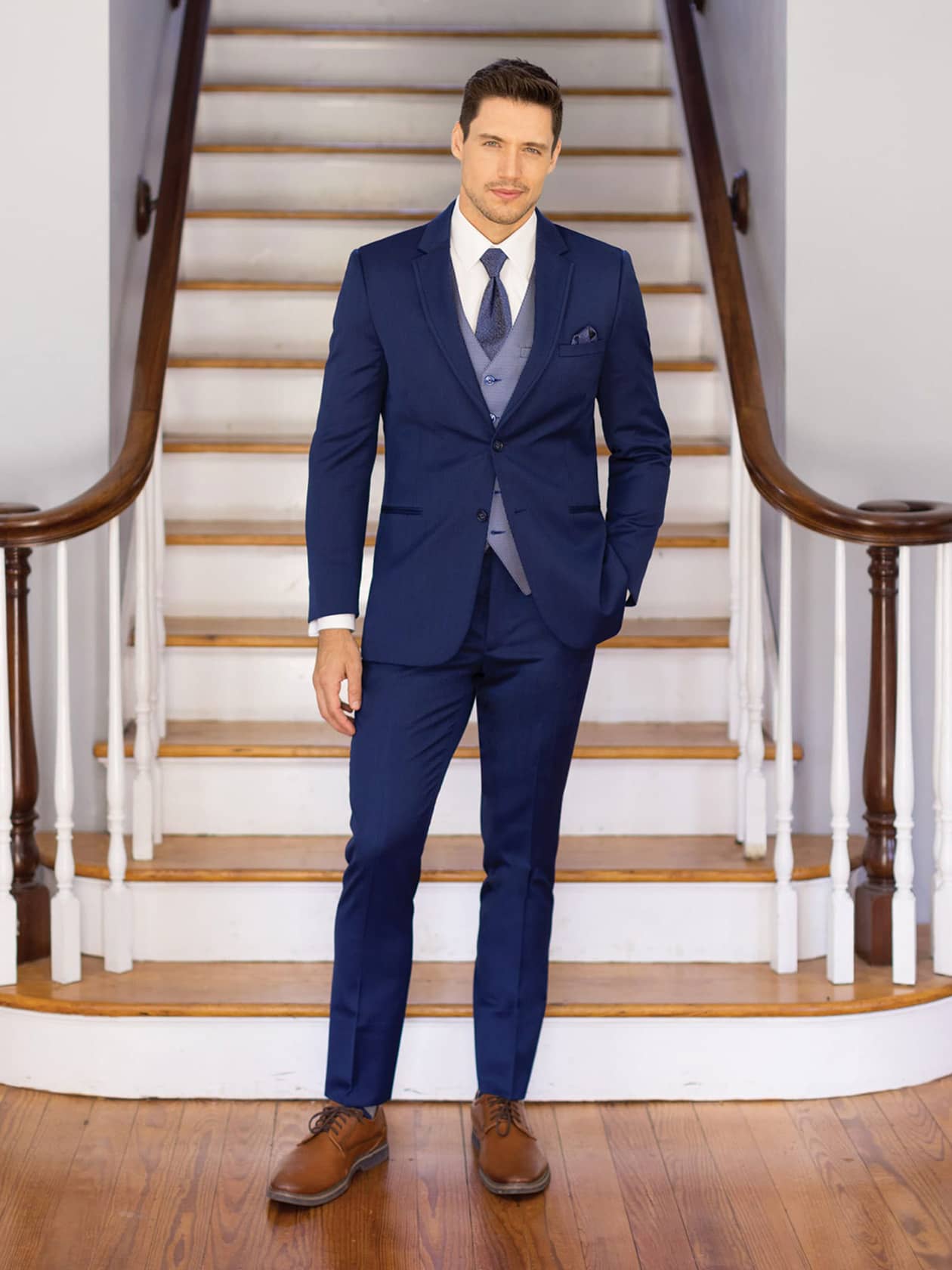

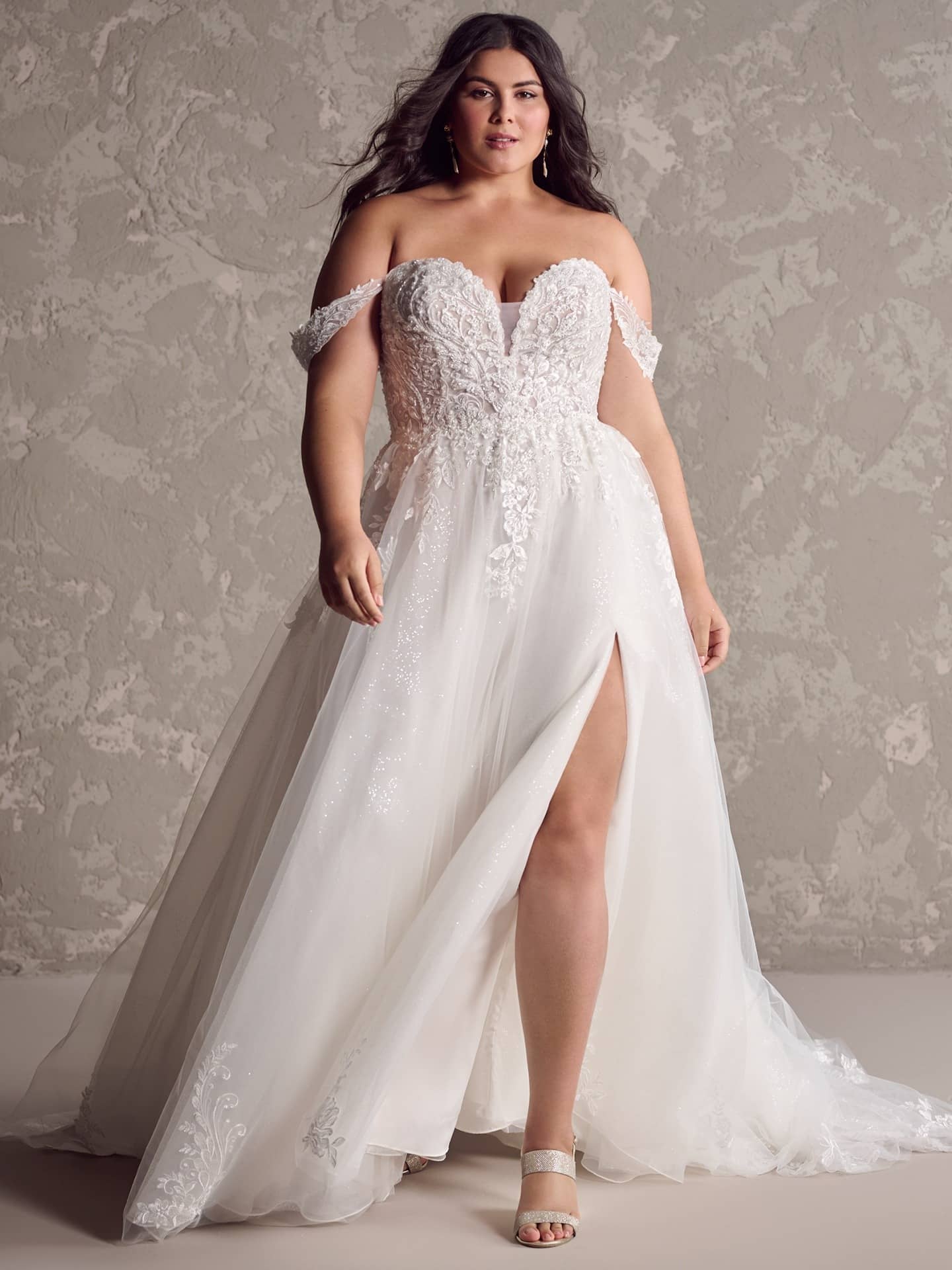
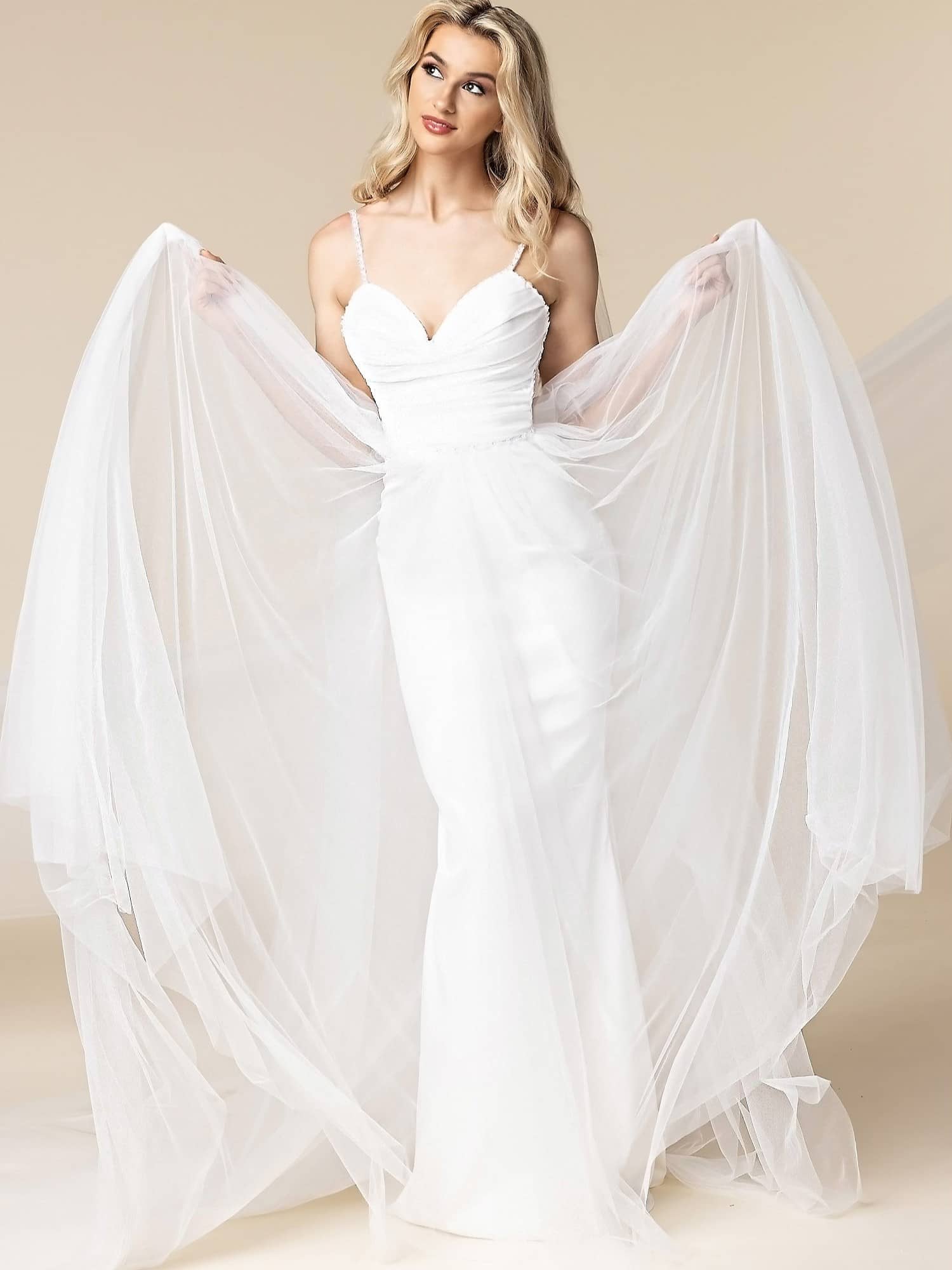
Leave a Reply